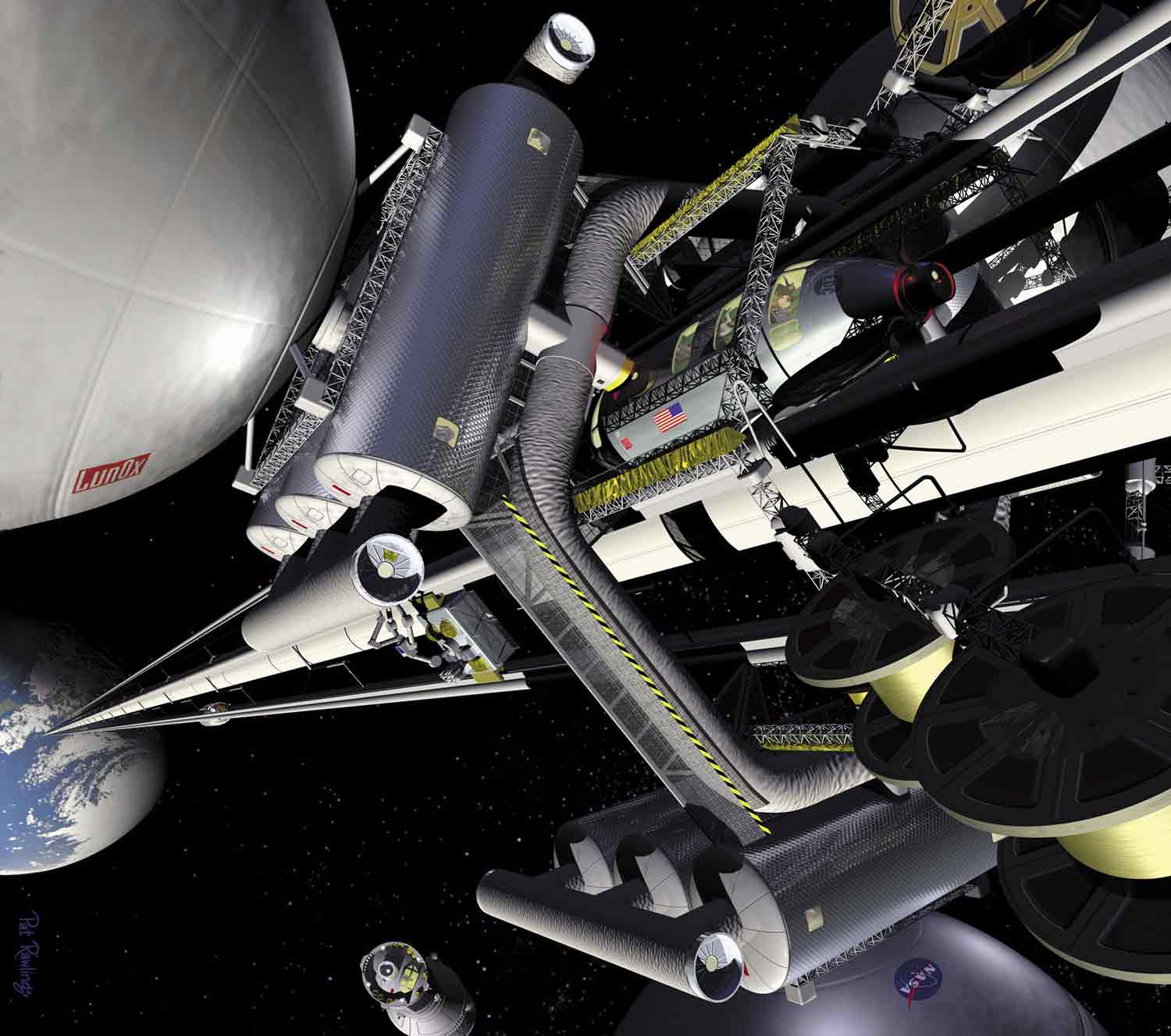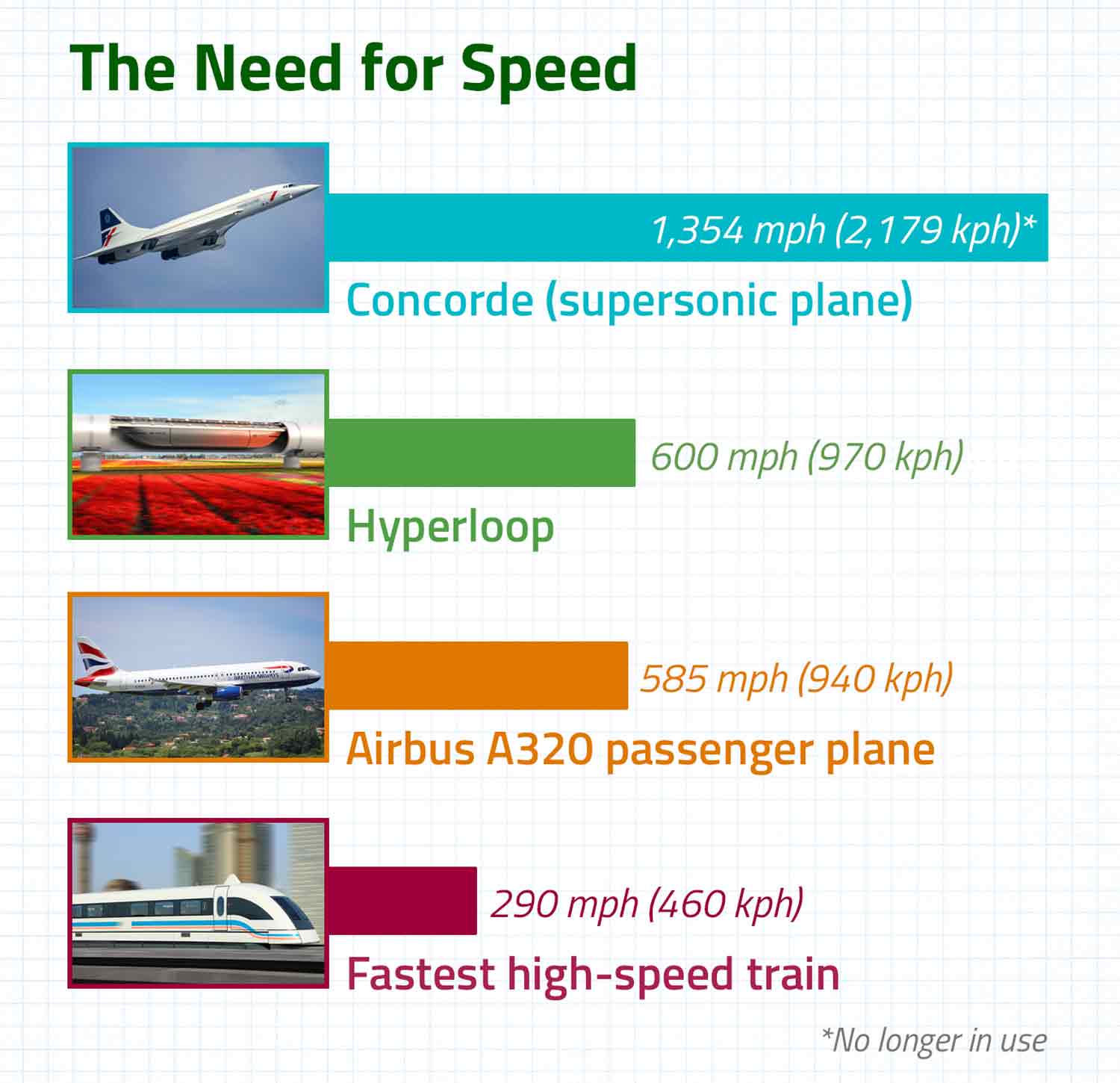Hello, Hyperloop?
Engineers built a test track for the hyperloop, which could allow for land travel that’s as fast as an airplane.
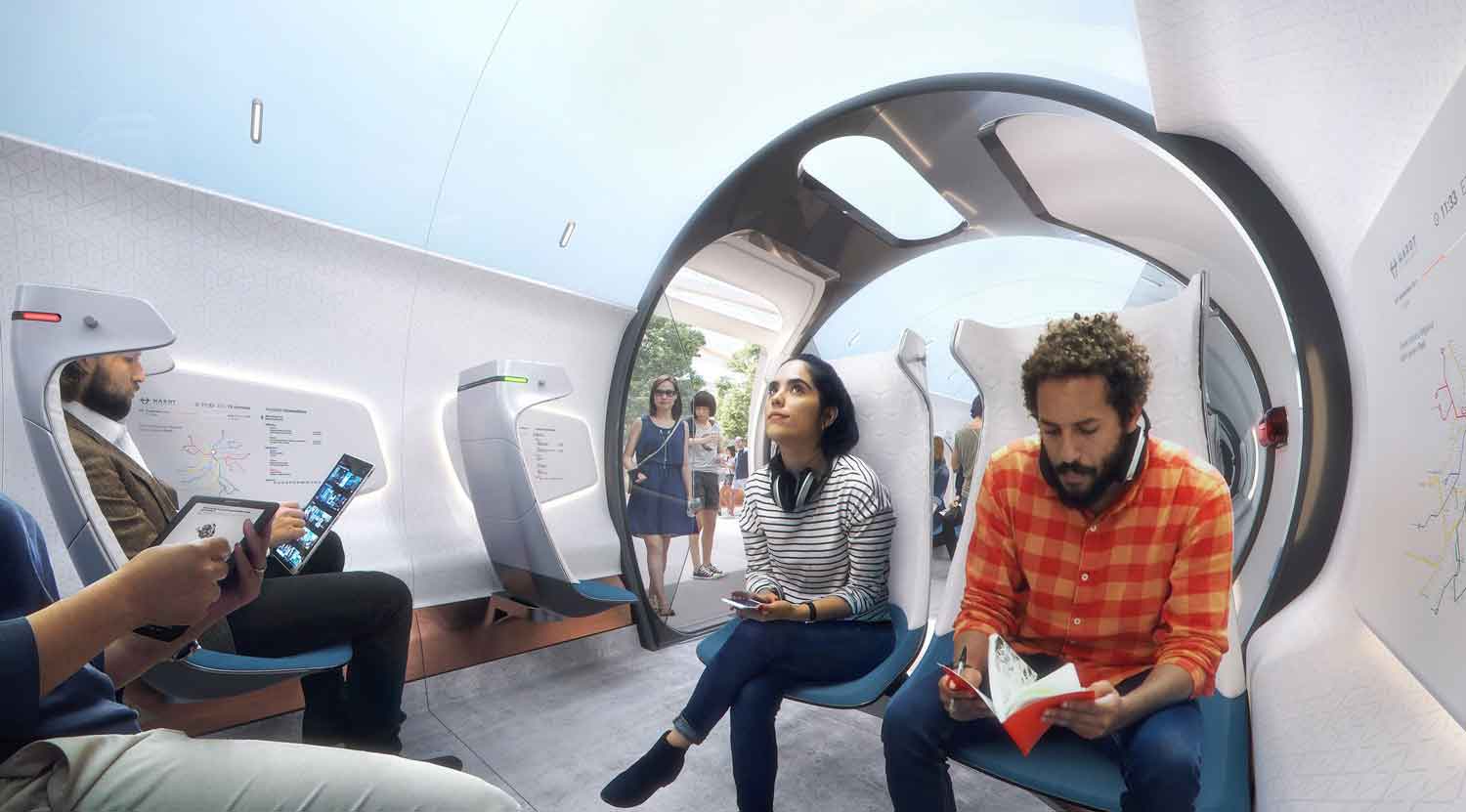
Courtesy of Hardt Hyperloop
This generated image shows what a hyperloop pod might look like on the inside.
Imagine being able to travel as fast as an airplane without ever taking flight. That’s the idea behind the hyperloop, a super speedy form of transportation technology that people have been hyping for years. Could the opening of a new test track mean the hyperloop is in our future?
Like a train, a hyperloop carries passengers in a pod, or car, along a track. But there are some key differences. Unlike train cars, hyperloop pods aren’t connected to one another, so a single pod can go in its own direction. Hyperloops are designed to travel much faster than a traditional train by moving with as little friction from the ground or the air as possible. This is achieved in a couple of ways. With help from electromagnets, the pods hover over the tracks. Also, technology sucks almost all the air out of the tubes. Some experts claim that hyperloop pods will be able to travel over 600 miles per hour (970 kilometers per hour).
Located at the Hyperloop Center in the Netherlands, the new test track is Europe’s longest so far, consisting of a 420-meter (1,400-foot) tube. There’s also a fork in the tube—a section where it splits into two directions. Experts say this is important if they hope to build tubes going to many places.
“[The fork] really creates a network effect where you sort of have a highway of tubes, and vehicles can take an on and offramp or they can take a lane switch to go to a different part of Europe or to a different destination,” Marinus van der Meijs, the technology and engineering director at Hardt Hyperloop, which built the test pod, told the Associated Press.
This isn’t the first time hyperloop hopes have been raised. In 2013, Elon Musk touted plans to open a hyperloop in California, but nothing has materialized so far. And in 2023, after spending several years developing technology, a U.S. company called Hyperloop One shut down. The new test track has revived the dream.
“I expect by 2030 you will have the first hyperloop route, maybe 5 kilometers (3 miles) in which people will actually be transporting passengers,” the Hyperloop Center’s director, Sascha Lamme, told the Associated Press.
Doubters say there’s not much chance the hyperloop will be successful. It would require governments to agree to build a network of tubes within countries and across borders. And that would cost a lot of money.
But Lamme is more optimistic.
“If you look at how highways were developed over time, it goes exponentially when the technology is ready,” he told the Guardian.
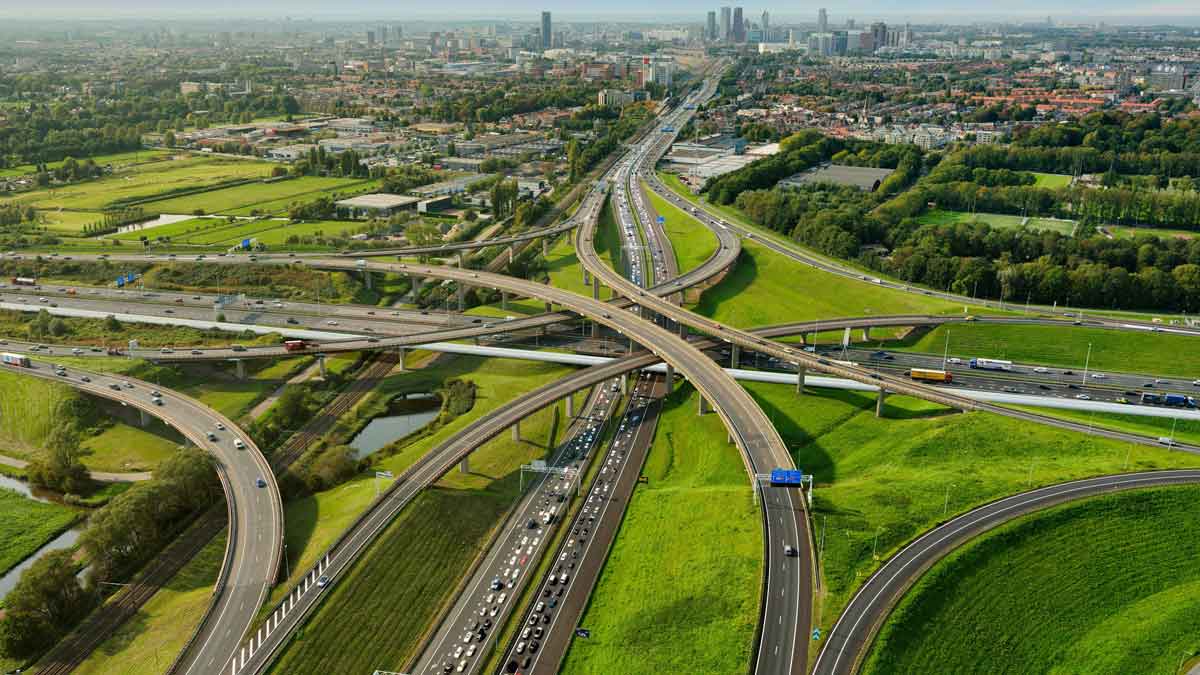
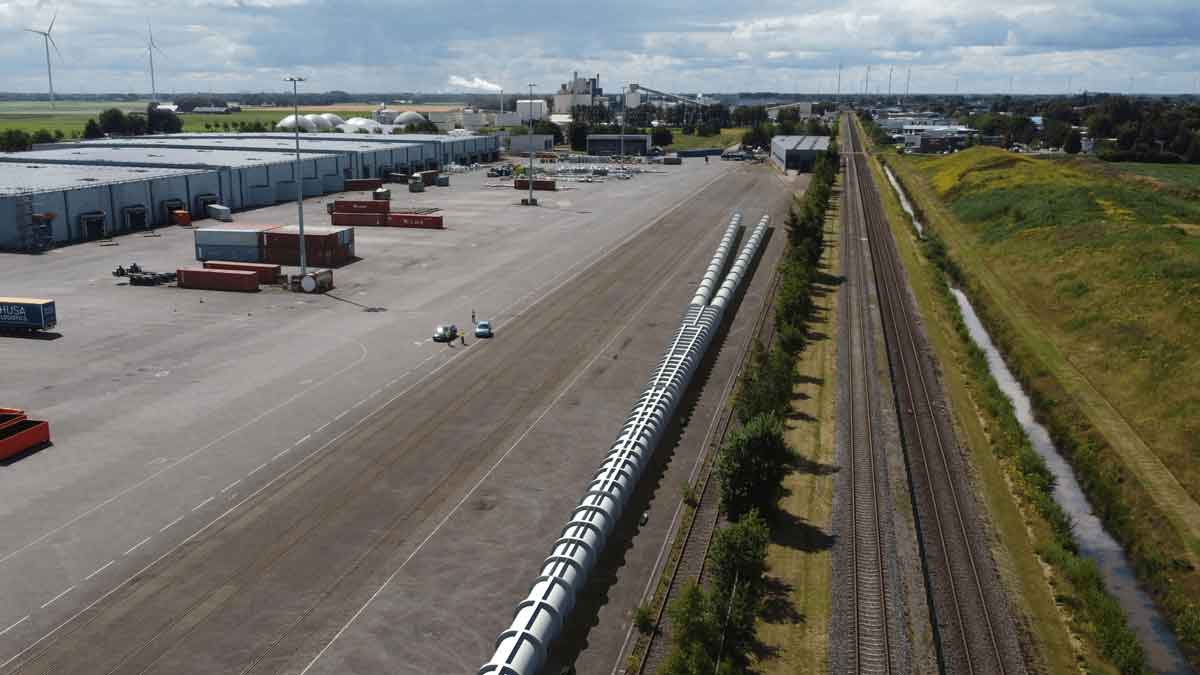
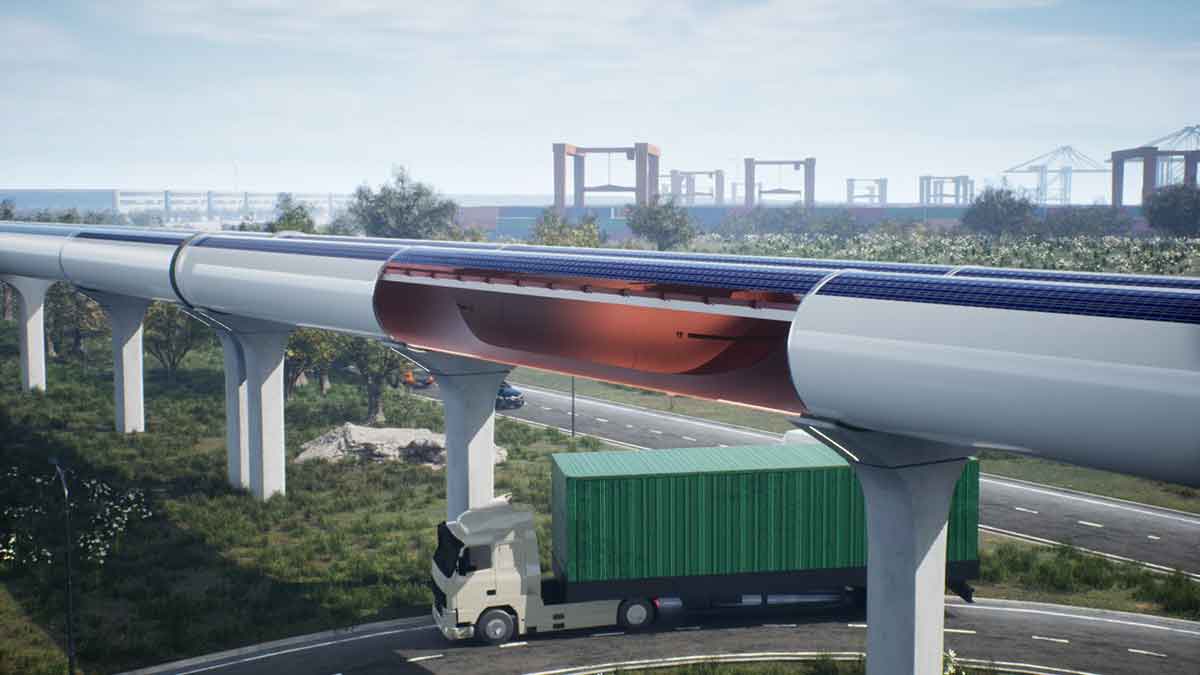
Courtesy of Hardt Hyperloop
